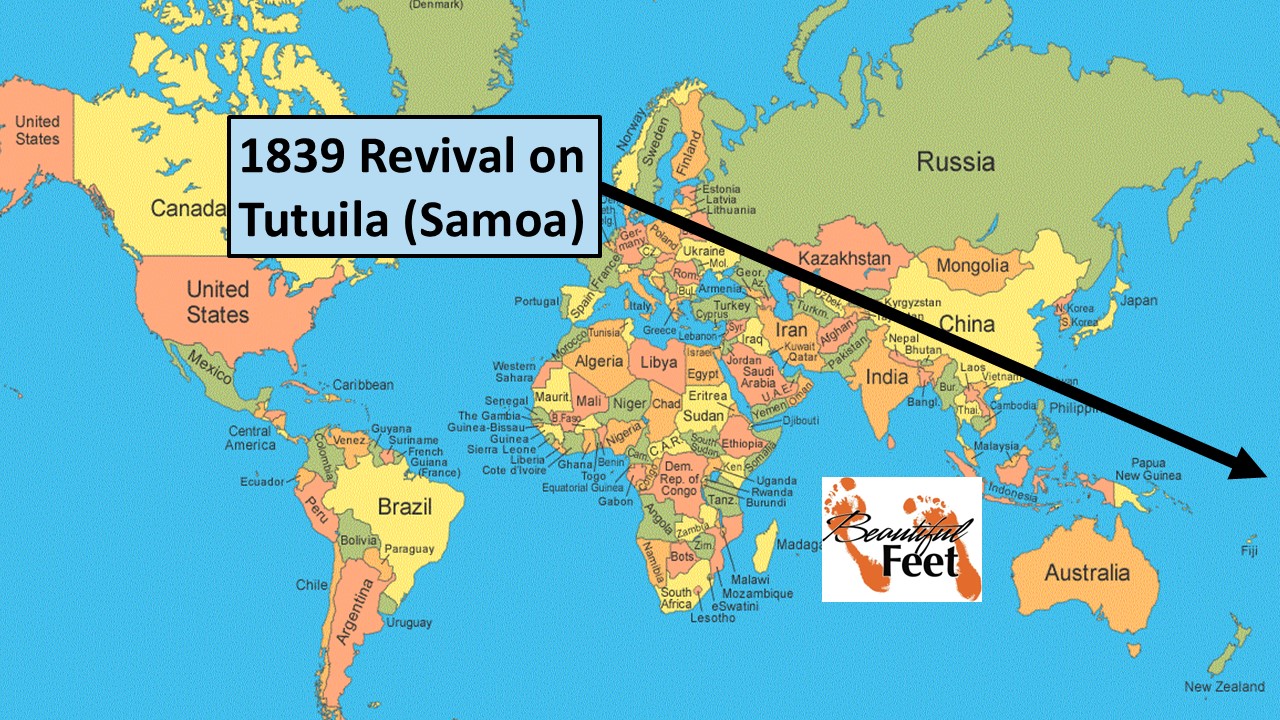

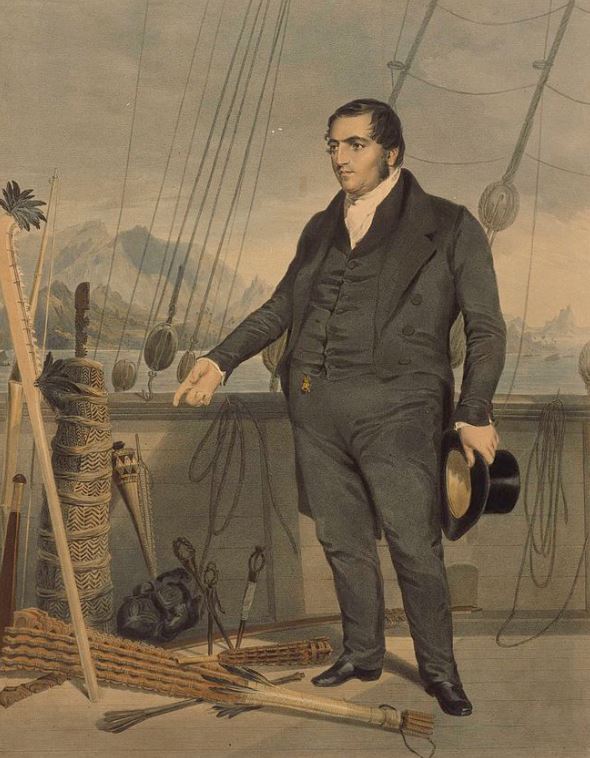
John Williams, missionary with the London Missionary Society. Killed and eaten by cannibals on the island of Erromango.
Introduction
This brief introduction raises awareness about the perils missionaries encountered on the Pacific Islands in the early 1800s, given the islanders’ reputation for ongoing warfare and cannibalism.
One of the first missionaries in the Pacific Islands was John Williams, of the London Missionary Society, a Congregational Christian denomination.
John and Mary Williams set sail from London on November 17, 1816, with their destination being the Society Islands.
Williams made his initial contact with the island of Tutuila in October 1832 while touring the Samoan islands to investigate strategies for ministry to the region.
Over the years, successful ministry occurred throughout the Pacific Islands, with notable accomplishments including the translation of the New Testament into the Rarotongan language by 1834, as well as the development of Tahitian converts to carry the Gospel to other islands.
In November 1839, while visiting the island of Erromango, John Williams and a ministry partner, James Harris, were killed and eaten by cannibals at Dillon’s Bay.
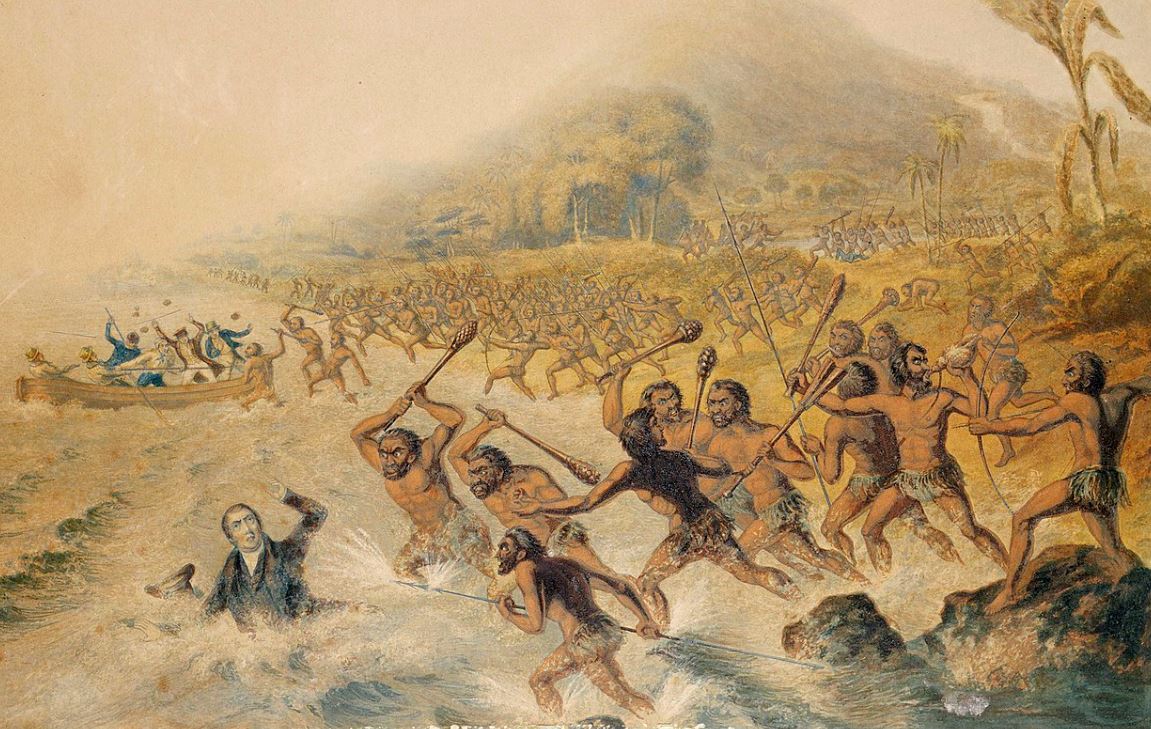
Murder of John Williams and others, on the island of Erromango
The Island of Tutuila
The revival mentioned in this account occurred on the island of Tutuila, now known as American Samoa. The missionaries on the island at the time of the revival were Archibald W. Murray and his wife.
In June 1836, the Murrays arrived on Tutuila, accompanied by Mr. Barnden, who tragically lost his life shortly thereafter in a drowning accident while bathing.
Having established his ministry and home in the harbor of Pago Pago, Murray began his work by training islanders to teach and he subsequently sent them to the 4,000 people on the island who resided in around 30 villages. He also trained some to be sent out as missionaries to neighboring islands.
Extraordinary Prayer
Murray persisted in ministry alone for several years and witnessed slow but steady progress, with a trickle of people leaving behind their traditional beliefs and embracing Christ for their salvation.
By March 1839, there were about 300 who had become candidates for water baptism and church membership.
By April 1839, Murray indicated that:
The presence and power of God were becoming more and more marked.
This progress stimulated Murray and the new converts to greater fervency in prayer. By May 1839, 1,500 people from villages across the island assembled in Pago Pago for a joint meeting, with 500 of them being regular attendees at the Pago Pago chapel. The chapel, with a capacity for about 1,000, had people filling every corner and aisle, and standing at windows looking in. Murray proclaimed that this was:
The first great religious gathering held on Tutuila.
And he continues:
From this time forth we had steady and uninterrupted progress. Light and life found their way from mind to mind and from heart to heart, and there were indications, becoming more and more distinct, of the times of refreshing which were now not very distant.
Last Heathen Village Opens to the Gospel
The village of Fagaitua, the “stronghold of heathenism on the island,” had up to that point resisted all attempts to place teachers among them. But through prayer and the persistence of some women, the door was opened, and teachers were placed in the village.
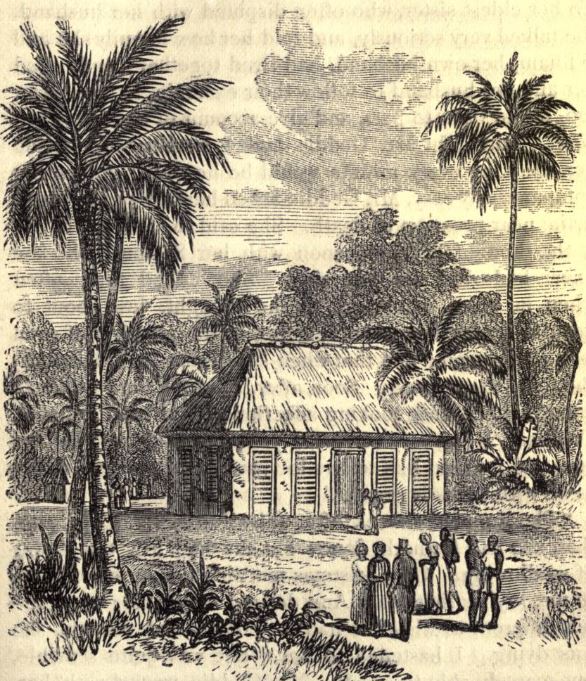
Typical chapel on the island
Rain Clouds Building
Throughout the month of October 1839, Murray indicated that:
Evidence began to appear that the Lord was working with us, and confirming the word with signs following.
During the month of October of this year, 1839, there were symptoms of something more marked and extended being at hand than had yet appeared.
During the first two Sunday services in November, Murray noted:
On no former occasion had a more desirable state of mind been manifested. All were melted and subdued.
On Monday, November 4, during their monthly missionary prayer meeting, there was an awareness that:
We were now, however, on the very eve of a movement, deep, extended, and long-continued. For a length of time the cloud had been gathering, and first drops not a few had fallen, but now we were about to have showers instead of drops.
Much Prayer Preceded the Blessing
Murray indicated that the building storm clouds were felt at other locations around Pago Pago. The villages of Nu’uuli and Vaitogi also indicated a strong awareness of a growing outpouring of the Holy Spirit.
At these places, as at Pago Pago, much prayer had preceded the bestowal of the blessing, and there had been much longing for it. In prayer and fervent desire those who were the Lord’s remembrancers had opened their mouths wide, and, according to the promise, the blessing came.
How the Revival Started
On November 4, 1839, during their nightly gathering in Murray’s home for prayer and devotion, with a little over 12 people present, including servants, eight among them were:
Seized with overpowering convictions.
The emotional release was so powerful that Murray was unable to read or comment on the Scriptures, as those “overpowered” became increasingly “ungovernable” due to tremendous weeping.
As the meeting concluded, the affected individuals retreated to isolated locations and continued to weep throughout the night due to the conviction of their sins. Murray later learned that these individuals, so overcome, had been experiencing severe conviction for several days, and when they assembled that evening, it was as if:
Their hearts were full like pent-up waters…and they could no longer restrain their feelings.
By the middle of November, the revival began to be felt in other villages throughout Tutuila.
Simultaneous Revivals in Perth, Dundee, and Elsewhere
Due to Murray’s lack of personal contact with revivals, except for what he had read in books, he and his wife confessed that “fears and anxieties” accompanied the early part of this revival. Over time, the evidence of the hand of God in it displaced their fears.
Unbeknownst to Murray, at the very same time revival commenced on Tutuila, revivals were breaking out in his homeland of Scotland. In his native town of Jedburgh, among his friends and acquaintances, as well as in the village and cities of Kelso, Perth, Dundee, and elsewhere, the Holy Spirit was being poured out (see the 1839 Kilsyth Revival).
It was on the 4th of November 1839, that our awakening commenced. It reached its height during 1840, and gradually subsided during 1841 and 1842.
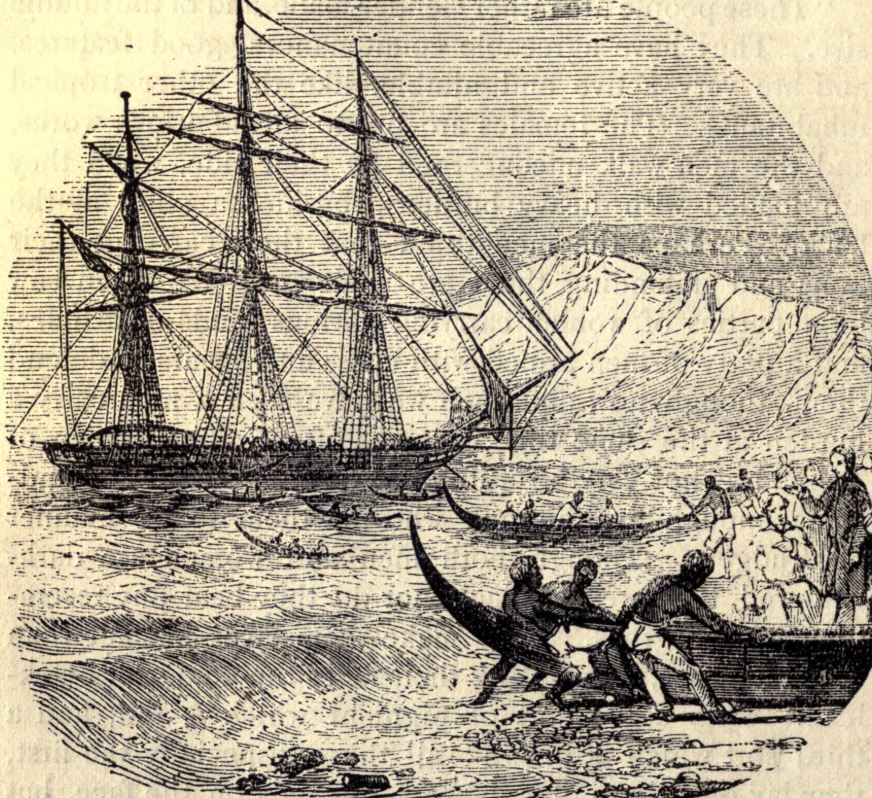
Trained islanders taking canoes out to the ship,
which will transport them to surrounding islands,
where they will teach and preach the Gospel.
Reconversion
Though already born again, baptized, and members of the church in Pago Pago, many of the hundreds seemed as if they “had undergone a reconversion, and risen all at once to a higher life.”
As the roots of the revival grew deeper, so did the boldness with which the believers carried the Gospel to the lost. The number of people turning to Christ placed a large demand on Murray’s time. In this era, where the ordained minister or missionary did all the counseling with new converts or those desiring salvation, Murray had his hands full, counseling at times with 25 to over 40 people per day.
Attendance at church services grew considerably. In the town of Leone, nearly 1,000 people attended, and in Pago Pago, even more.
New Phase of the Revival
With the arrival of March 1840, Murray wrote that the revival’s current condition was beyond anything that had preceded it. During church services, it was common for people to become so overwhelmed by the presence of God that they would faint, as Murray relates in these words:
Ten or twelve sank down exhausted, and had to be carried out of the chapel in a state of complete prostration. The afternoon service was of a similar character. Many were overcome with the depth of their feelings, and, after the public services of the day were over, and the people had dispersed to their homes, the whole neighbourhood seemed in a commotion. Nothing was heard on all sides but the sounds of weeping and supplication.
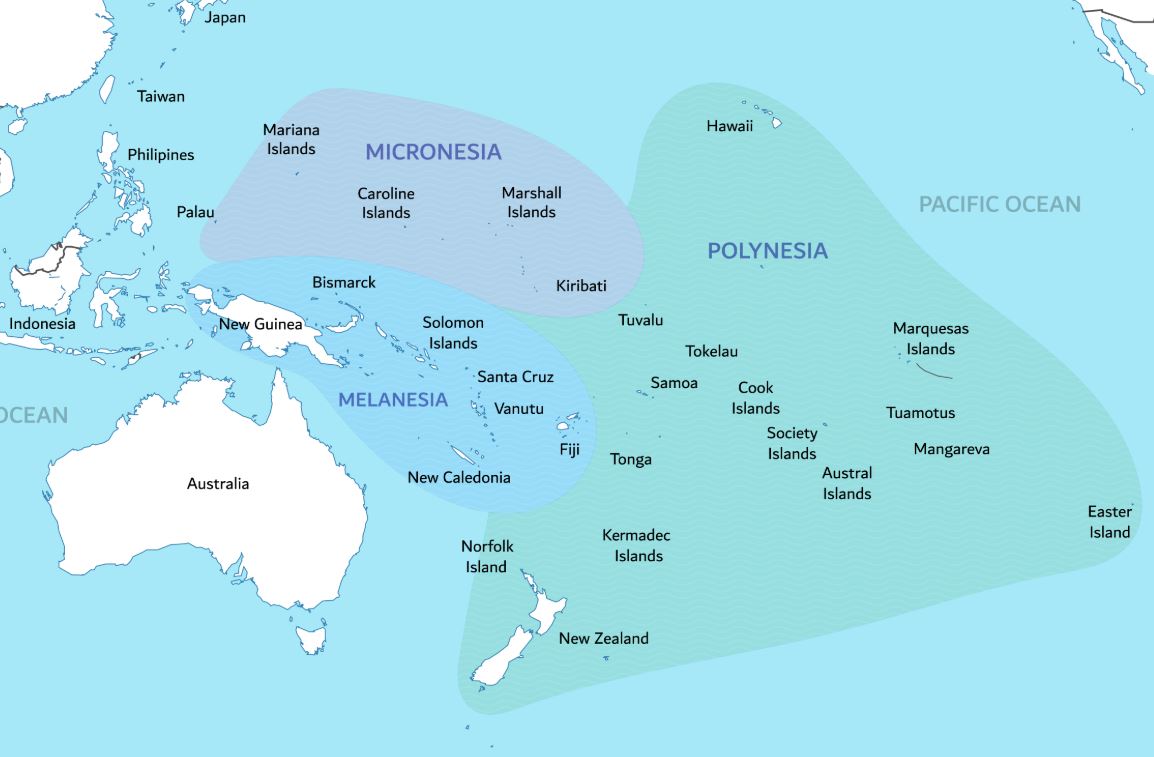
Pacific Islands: source–Wikimedia
Island of Tutuila (Samoa) close to the center of the above map.

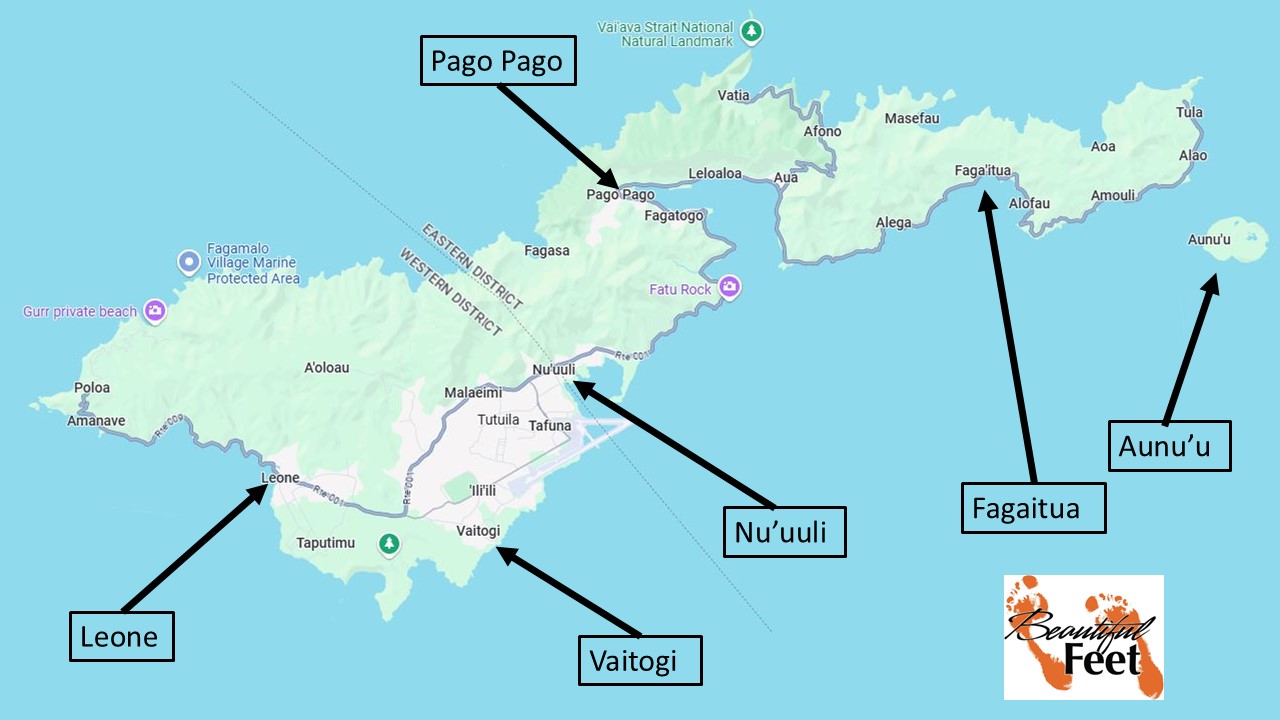
Island of Tutuila, with locations mentioned in this account
Arrival of the Missionary Ship Camden
On Saturday, March 14, the missionary ship Camden arrived in Pago Pago, bringing the devastating news of the November 1839 martyrdom of John Williams on the island of Erromango.
However, there was good news with the ship’s arrival as well. The missionaries Thomas and Amelia Slatyer had come to work alongside the Murrays.
Also on the ship was the 20-year-old convalescent, George A. Lundie, a Scot who arrived on doctor’s orders to a warmer climate to heal from his pulmonary disease. Lundie did assist with the missionary work as he was able, and his journal of the final two years of his life, which ended in September 1841, contributed to preserving the revival account.
On April 17, 1840, the Camden left Tutuila, carrying trained teachers to surrounding islands. Knowing they were being sent out as lambs among wolves, some of them paid with their lives in obedience to their calling from God.
Up to this point, the revival had not yet reached its peak. The thirst for God was insatiable, and people would assemble from throughout the island to hear the Word of God. The length of sermons did not weary the people. They didn’t want to leave church services, as it was the only place they could hear the Word of God. The Bible had only been translated in small, detached portions and was not yet readily available.
This desire for the word of God led many people to move from their villages to Pago Pago, where they built homes and took up residences close to the church.
The number of people wanting to attend church services was far greater than what the church could hold, so two services were held at the same time on Sundays, one in the building and one outside.
Morning services during the week were also implemented in an attempt to satisfy people’s desire for more.
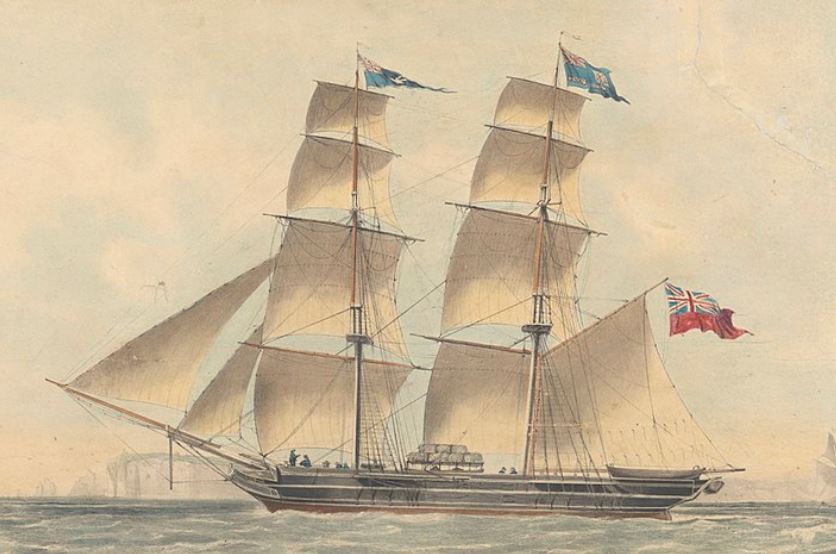
Missionary ship Camden
Outpouring in Leone
During the first week of June, Murray and Slatyer traveled to the west side of the island, to the town of Leone, and remained there for a week. The outpouring of the Holy Spirit there was said to resemble the account of what occurred at the Kirk of Shotts in 1630.
- Men and women, struggling with their emotions, would burst out with agonizing cries.
- Strong men’s hardened hearts melted.
- Many experienced violent convulsions, as the physical body could not endure the presence and power of God at the levels they were exposed to.
- Prostrations: people would drop as if they were dead, lapsing into states of insensibility.
- Overpowered by God’s presence, many would be unable to walk and had to be carried out.
All Converted to Christ
On June 15, 1840, the last “heathen” holdout in the village of Pago Pago repented of their sins and turned to Christ. In other parts of the island there were still those who were holding out against the intense spiritual influences surrounding them, drawing them to Christ.
Ships Constrained to Follow Christian Law and Order
The Gospel took such firm hold that the whalers and other ships, whose crews had previously indulged in immoral behavior onshore, were forbidden from doing so any longer.
Some of these ships avoided Pago Pago, either going to other islands or finding a “dark corner of the island” where they could carry out their sinful behavior.
Flare Up of the Revival
Into 1841, the revival continued, with believers being sent to many of the surrounding islands. By July, the outpouring of the Spirit in Leone was as strong as ever.
Results and Forward Spread of the Gospel
The following is Murray’s description of the state of the church at the time of the revival and beyond:
► I have thirty-four native assistants, fourteen of whom, in addition to teaching to read and write, employed in exhorting their countrymen.
► The teachers all meet me every week; I spare no pains on them, and find my labour well bestowed.
► I suppose fifteen hundred persons may now be found on the island, able to read, in their own tongue, the wonderful works of God; and a vast number more are learning.
► Every village has its own school and its own teacher.
► Men leave their wives and children behind as they travel to other islands to carry the Gospel, not knowing when they will return.
Primary Sources
► A Narrative of Missionary Enterprises in the South Sea Islands by John Williams
► Forty Years’ Mission Work in Polynesia and New Guinea, from 1835 To 1875 by the Rev. A. W. Murray
► Memoirs of the Life of the Rev. John Williams by Ebenezer Prout
► Missionary Life in Samoa by Mary Lundie Duncan
Secondary Sources
► George Archibald Lundie (1819 – 1841) by WikiTree
► John Williams by Wikipedia
► Messenger of Peace by Wikipedia
► Missions in Western Polynesia by A. W. Murray
► The Bible in the Pacific by A. W. Murray
► The Martyrs of Polynesia by A. W. Murray
► Wonders in the Western Isles by A. W. Murray
Return to List of Revival Stories
Chet & Phyllis Swearingen
(260) 920-8248
romans1015@outlook.com
Beautiful Feet
P.O. Box 915
Auburn, IN 46706

